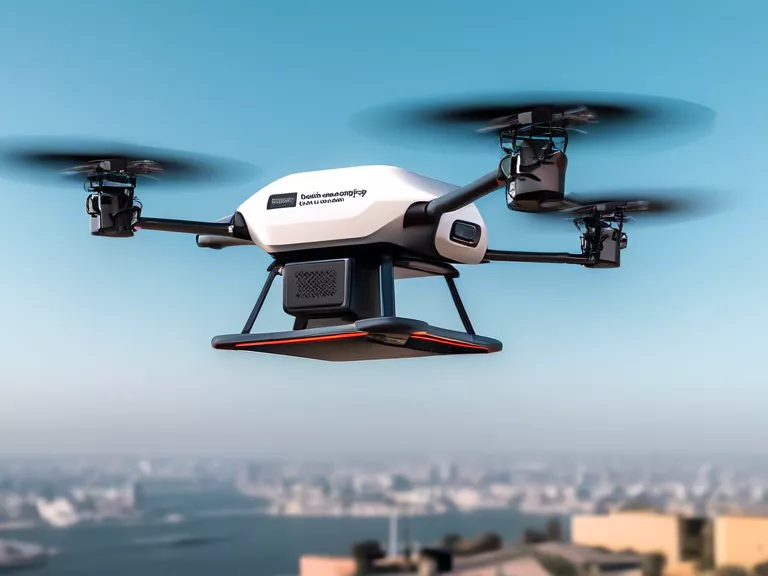
With advances in robotics technology, humanoid robots are increasingly being utilized in healthcare and elderly care settings. These robots are equipped with a range of capabilities that can greatly benefit patients and elderly individuals by providing assistance, companionship, and even medical support. In this article, we will explore how humanoid robots are advancing in the fields of healthcare and elderly care.
One of the key advantages of humanoid robots in healthcare and elderly care is their ability to perform various tasks that can help improve the quality of life for patients and elderly individuals. For example, these robots can assist with daily tasks such as medication reminders, mobility support, and even emergency response in case of a fall or other medical emergency. This level of support can be particularly beneficial for elderly individuals who may have limited mobility or other physical limitations.
In addition to physical support, humanoid robots can also provide emotional and social support for patients and elderly individuals. These robots can engage in conversations, play games, and even provide entertainment through music or videos. For individuals who may be isolated or lonely, having a humanoid robot companion can make a significant difference in their overall well-being and happiness.
Furthermore, humanoid robots are also being used in healthcare settings to assist with medical tasks such as monitoring vital signs, conducting telehealth consultations, and even assisting with surgeries. These robots can help reduce the workload for healthcare professionals and improve efficiency in hospitals and clinics.
Overall, the advancements in humanoid robots in healthcare and elderly care are opening up new possibilities for improving the lives of patients and elderly individuals. These robots have the potential to revolutionize the way healthcare and elderly care are delivered, making services more accessible, efficient, and personalized.



